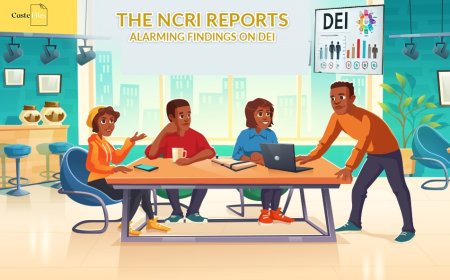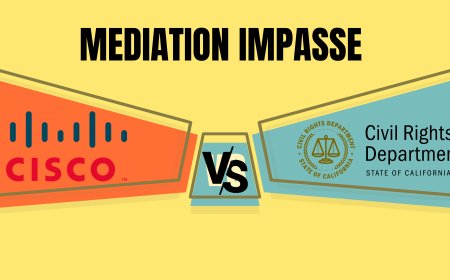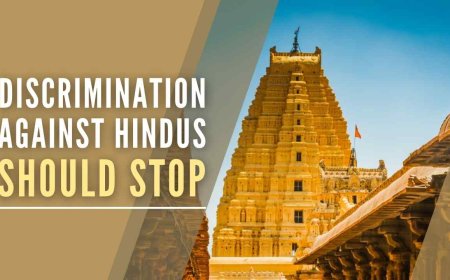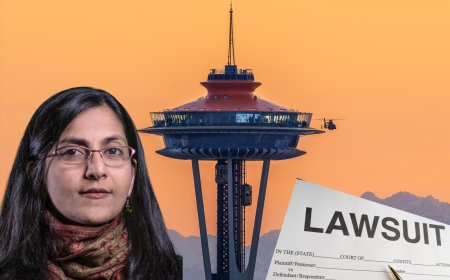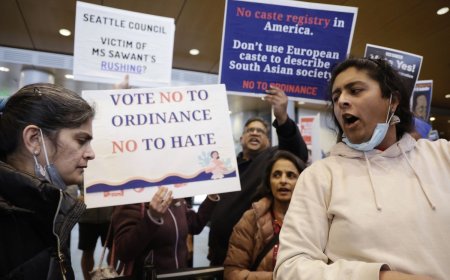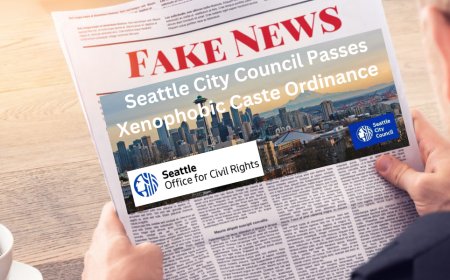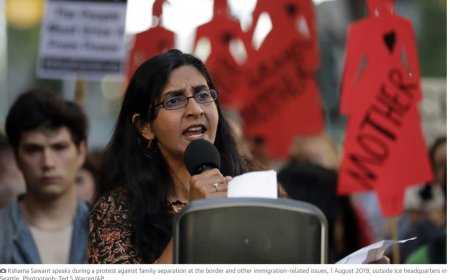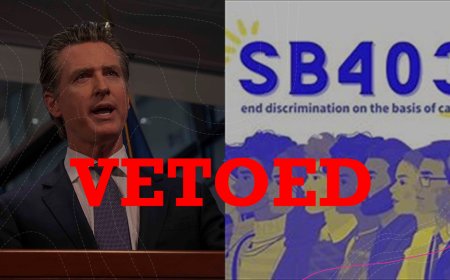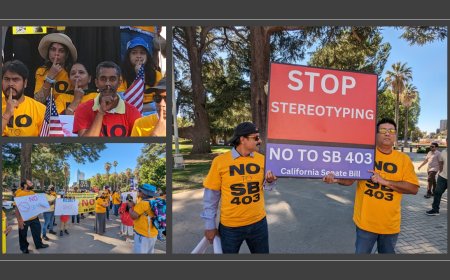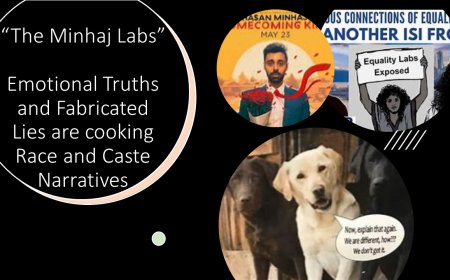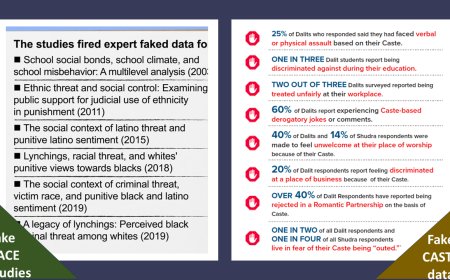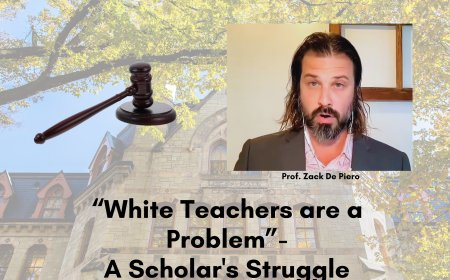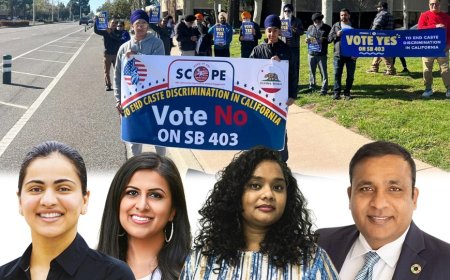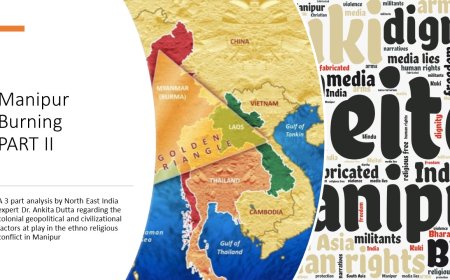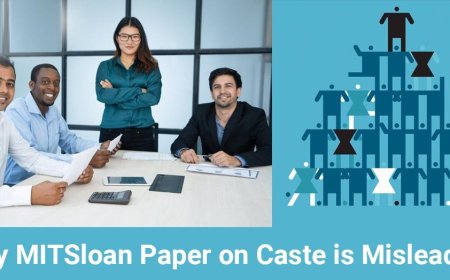Critical Theory, the Fountainhead of Modern Communism
Gender Studies, Race, Caste, Feminism, Climate Change Activism, and Wokeism seem like independent academic disciplines and yet are offshoots of the same playbook of a binary worldview where one party is the oppressor and the other, is oppressed. But if you have the cheat sheet, the grand plan becomes clear. Critical Theory is the cheat sheet.

Karl Marx, the founder of orthodox Communism, propounded a rough framework to check the power of the capitalists and stop exploitation of the working class through a revolution. He did a good job of writing his book. If only it had ended there, we may be living in a very different world now. But it did not. Marxist thought broke ground for new schools of thought, which take a few leaves out of Marx's copybook and build their own Lego castles using Marx's Legos.
Critical theory is one such Lego castle. It has emerged as one of the most rigorous intellectual outputs of the 20th century, one which would create a concrete yet flexible structure to inject Communism into any society—even those where it carries no relevance.
Max Horkheimer decided to amend Marx’s orthodox Communism to make it even more emancipatory than it initially was (one would think that revolutions were already pretty emancipatory but apparently not so for Horkheimer). He propounded a theory that sought “to liberate human beings from the circumstances that enslave them.” Whereas the work of Marx grew mostly from Economics, Horkheimer decided to open a public square, and invite opinion-makers from linguistics, sociology, philosophy, psychoanalytic criticism, and many other fields to contribute to his theory. As such, his theory did not follow any stringent academic rules, and could not be framed under any logical framework. Theodor W. Adorno, Hebert Marcuse, Erich Fromm, Jürgen Habermas, and Axel Honneth etc. were all critical theorists.
Drawing particularly on the thought of Karl Marx and Sigmund Freud, critical theorists maintain that a primary goal of philosophy is to understand and to help overcome the social structures through which people are dominated and oppressed. Critical Theory, to Habermas, unmasks the distortions, representations, and politics embedded in our knowledge and speech. So, as per Critical Theory, you may be oppressed in the same way that you may have been drugged without your knowledge.
“A "critical theory" has a distinctive aim: to unmask the ideology falsely justifying some form of social or economic oppression—to reveal it as ideology—and, in so doing, to contribute to the task of ending that oppression. And so, a critical theory aims to provide a kind of enlightenment about social and economic life that is itself emancipatory: persons come to recognize the oppression they are suffering as oppression and are thereby partly freed from it.”
—Marx and Critical Theory
So What’s Wrong With Critical Theory Then?
Critical Theory continues the binary model of “oppressor and oppressed” from Marxist ideas; it only enlarges the scope of who can be the oppressor and oppressed. It does not allow for the harmonious existence of a society, or even a discordant one, but with multiple players, with multiple roles to play in the growth or downfall of a society. It’s a simplistic model which broadens the scope of Marxist thought from mere economic oppression and hardship to cultural oppression and hardship. Thus, it sharpens the knives with which any culture or theological model can be attacked by mischaracterization of different groups of people. Marxist ideas failed to present a cogent argument for critique of many indigenous and native cultures and the colonized states, because the Marxist argument rested on the emergence of the bourgeoise and proletariat at the beginning of the Industrial Revolution. But Critical Theory can, in effect, be applied to any system of thought, by classifying one group as oppressor, and the other as oppressed.
Since the theory does not believe in rationale as the means of arriving at a conclusion, and asserts that people who are oppressed do not know that they are oppressed, any theory or hypothesis can be used to paint one societal group as oppressed, and another as oppressor. This is a framework used to convince groups of people that they are, in fact, being oppressed, and have been historically oppressed, and thus making them pawns in a bigger framework of destabilization and anarchist radicalization.
The same theory is used by western academics to decide, almost overnight, who is the “oppressed” and who is the “oppressor” in any conflict, in any part of the world. Then, the academics get to work and re-do the history curriculums to fit this characterization. It is very easy to convince anyone that they are victims, by mixing some facts with some misinformation. Critical theory enables the fanning and exploitation of victimhood of people by vested interest groups (psst…the Communists).
Eminent Critical Theorists in India
Some of the proponents and followers of the critical theory and Critical Theory brand of Marxist thought are eminent historians and economists like Ramachandra Guha, Ranajit Guha, Kaushik Basu and Amartya Sen.
Ranajit Guha, who is a Marxist historian, and one of the biggest influencers of the Subaltern Studies Group, made inroads into revising Indian history, and using the larger framework of decolonization and post-colonial studies to promote Marxist thoughts in Indian academia and thought. His classic work, Elementary Aspects of Peasant Insurgency in Colonial India, set the stage for updating Indian history as a history of continued “class struggles”, in which the British are only one of the oppressors, and are continuing the legacy of oppression of the “native elite”. His recounting of history is “history from below,” as in, the history of the masses or the peasants, as he describes them.
“...his founding statement in the first volume of Subaltern Studies set the agenda for the Subaltern Studies group, defining the "subaltern" as "the demographic difference between the total Indian population and all those whom we have described as the ‘elite’.” — Wikipedia
His work was instrumental in founding of the subaltern studies group in South Asian academia, and added the “elite” from amongst native Indians in the category of “oppressor” rather than “oppressed,” thus revising Indian history as per the Critical Theory model. This revised the direction of colonial studies, changing the role played by Indian kings and merchants, from those who faced hardships or fought for their culture and land, to those who oppressed the peasants. His work suggests that the only people who suffered at the hands of colonizers were the peasants, thus denying the sacrifices made, and hardships faced by Indian soldiers, merchants, kings and royal families. This is an example of writing history to fit a pre-decided model, rather than recording historical facts. Since it is about historic episodes more than 100 yrs ago, the dead cannot speak for themselves and correct his arguments. This is one of the finest examples of Critical Theory at work in the Indian context.
This school of thought emerged to address one glaring “problem” with decolonization studies: it makes Indians look like a vulnerable, indigenous population persecuted by colonizers on end. Those are facts. Within the original Marxist framework, as explained in a previous article, Indians as a population group should be getting the empathy of Marxists who were against colonization and destruction of natives. So, a need was felt to destroy the claims of Indians as “natives” and “indigenous” groups, and instead, leave them riddled with a a Rubik’s cube they can’t solve: this Rubik’s cube is the segregation of Indian Hindu society into castes, and the ceaseless gaslighting of Brahmins, Kshatriyas and Vaishyas for so called persecution of Shudras. This was a colonial tool, first used by colonizers, later modified and co-opted into decolonization studies via the Critical Theory route. History was revised to suppress the persecution of Brahmins, Hindu Kings and Hindu merchants. Minor squabbles and localized customs that are specific to certain communities were given excessive attention to paint the grand national narrative of the “oppressed Dalit” or “peasant.”
Further, instead of merely economic inequality, other amorphous parameters were added to subjectively qualify the plight of different groups to further strengthen pre-supposed arguments.
Every few years, the critical theorists come up with newer ways to claim some other group or sub-group as “oppressed” and create strife and conflict in a hitherto peaceful society to fan discontent and create instability. Be it the feminists, the environmentalists, the minorityists or the wokes, this is the same playbook used over and over again to obfuscate facts and muddle reality. But if you have the cheat sheet, the grand plan becomes clear. Critical Theory is the cheat sheet.
Source Link: https://artiagarwal.substack.com/p/critical-theory-communism



